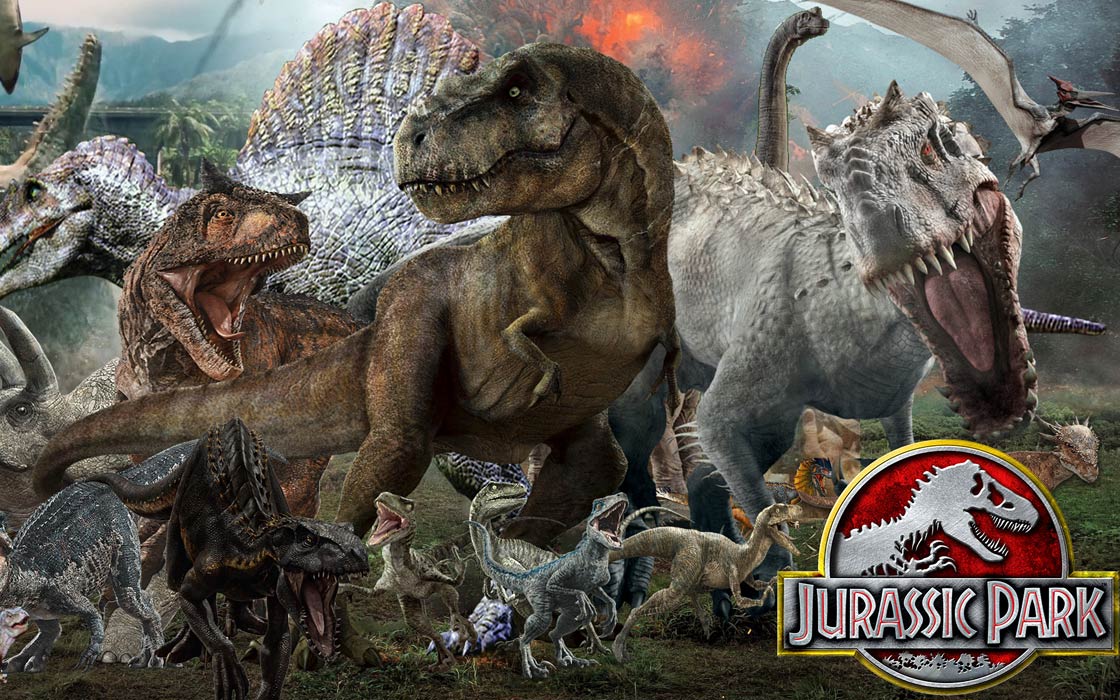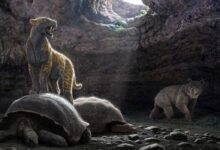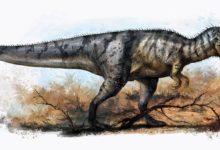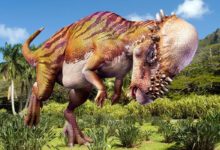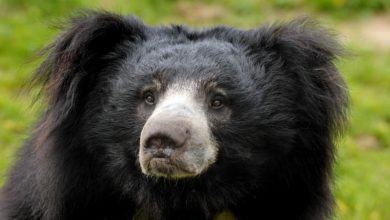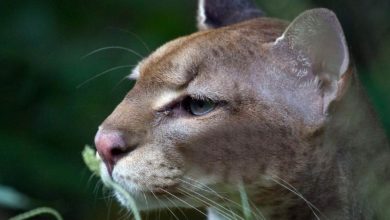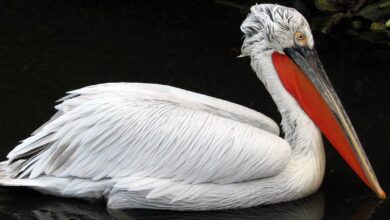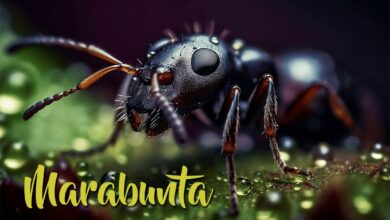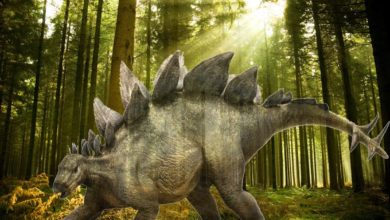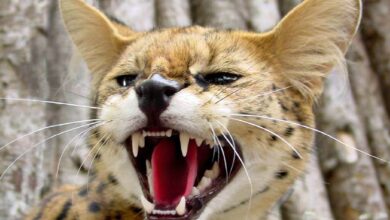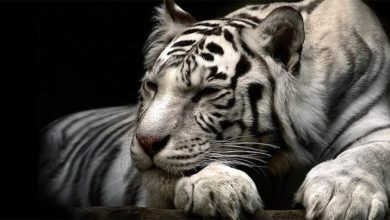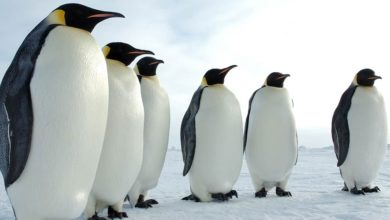Jurassic Park’s Dinosaurs vs. Scientific Reality
Jurassic Park’s Dinosaurs vs. Scientific Reality
Where Movies Got It Wrong and Right
Ever since its groundbreaking release in 1993, Steven Spielberg’s Jurassic Park has significantly shaped public perceptions of dinosaurs. The movie captivated audiences worldwide, presenting a thrilling depiction of prehistoric creatures brought back to life through genetic engineering. While Jurassic Park undoubtedly raised interest in paleontology, scientists have pointed out many inaccuracies about how dinosaurs are portrayed. Here, we’ll explore some key areas where the film deviated from scientific reality and highlight aspects it portrayed accurately.
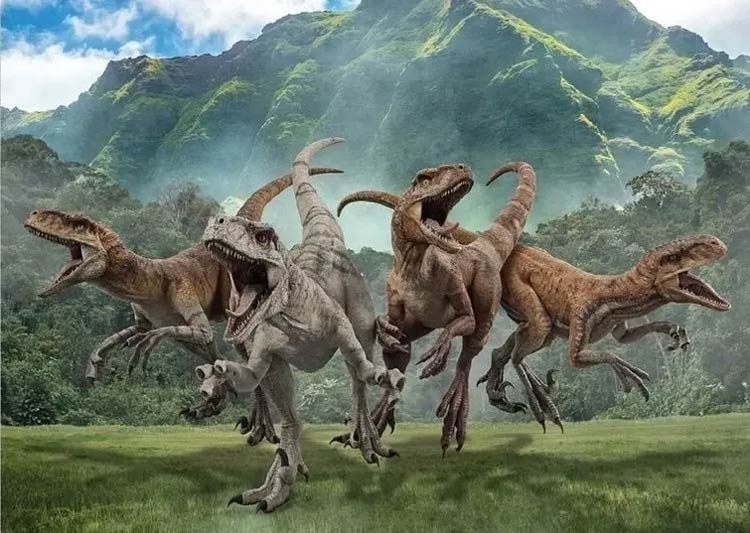
Dinosaurs and Their Appearance
Perhaps the most glaring discrepancy involves the dinosaurs’ appearances, especially the famous Velociraptors. Jurassic Park depicted them as large, scaly predators roughly the size of humans. In reality, Velociraptors were feathered creatures, much smaller – about the size of a turkey. Paleontologists discovered fossil evidence indicating these agile predators had bird-like feathers covering their bodies, used likely for insulation or display rather than flight.
Yet, Jurassic Park was ahead of its time in portraying dinosaurs as active, warm-blooded animals. Before the film’s release, many people imagined dinosaurs as sluggish, reptilian beasts. The depiction of the agile and intelligent Velociraptor helped popularize the idea that many dinosaurs were energetic creatures capable of complex behavior – something strongly supported by modern science.
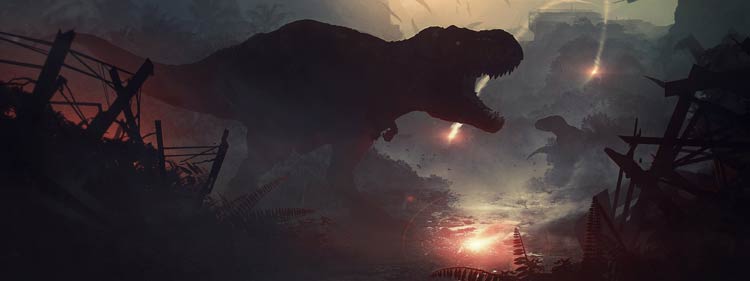
Tyrannosaurus Rex
Hunter or Scavenger?
The movie’s star dinosaur, the fearsome Tyrannosaurus rex, was portrayed accurately in many respects – its size, muscular strength, and formidable bite force were scientifically grounded. However, Jurassic Park simplified its behavior to that of a relentless predator. In reality, scientists continue debating whether T. rex was primarily a hunter, scavenger, or opportunistic feeder that combined both behaviors.
Fossil evidence of bite marks and healed wounds on prey animals suggests T. rex indeed hunted actively at times, but its keen sense of smell, large olfactory lobes, and scavenger-friendly traits indicate it likely fed on carcasses whenever the opportunity arose. Jurassic Park’s dramatized hunter depiction made sense for storytelling but missed this nuanced ecological reality.
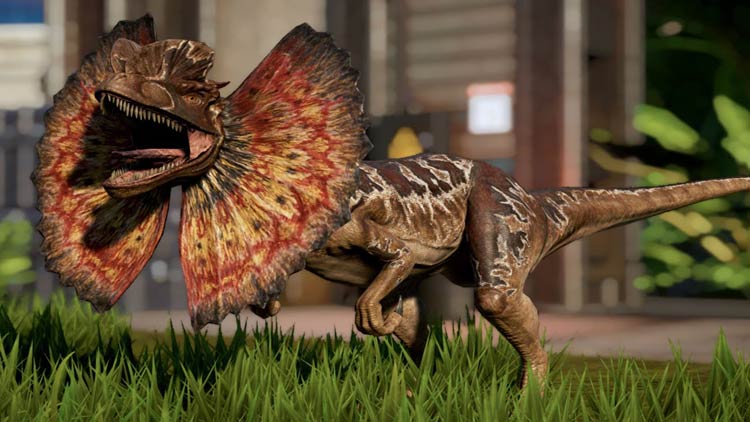
Dilophosaurus
Fact Versus Fiction
One of Jurassic Park’s most memorable moments featured the Dilophosaurus spitting venom and flaring a frill to intimidate its victim. Scientifically, however, no fossil evidence supports either venom glands or neck frills in Dilophosaurus. This was purely creative license, used to enhance dramatic tension. Actual Dilophosaurus fossils show it as a significantly larger dinosaur than depicted in the film, approximately six meters long, without venomous capabilities.
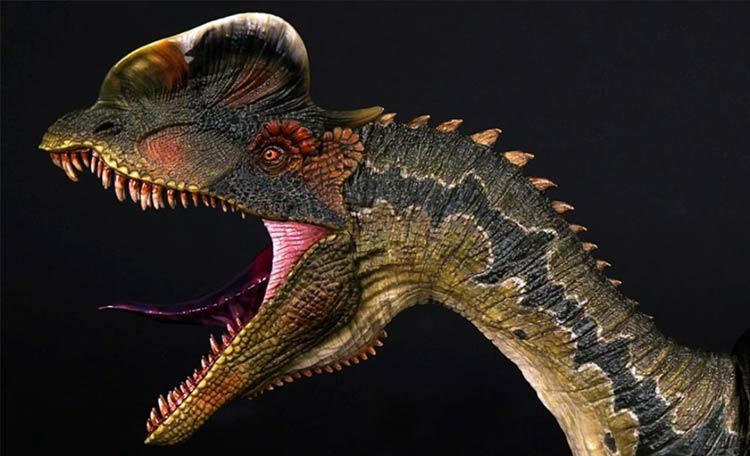
Dinosaur Intelligence and Behavior
Jurassic Park notably portrayed dinosaurs, especially raptors, as highly intelligent animals capable of strategic hunting and problem-solving. While modern science does suggest some dinosaurs possessed substantial cognitive abilities – especially compared to earlier portrayals as slow-witted creatures – the film exaggerated this intelligence level. Raptors’ portrayal in Jurassic Park is closer to modern-day wolves or dolphins, whereas paleontologists believe their intelligence was more comparable to large birds of prey.
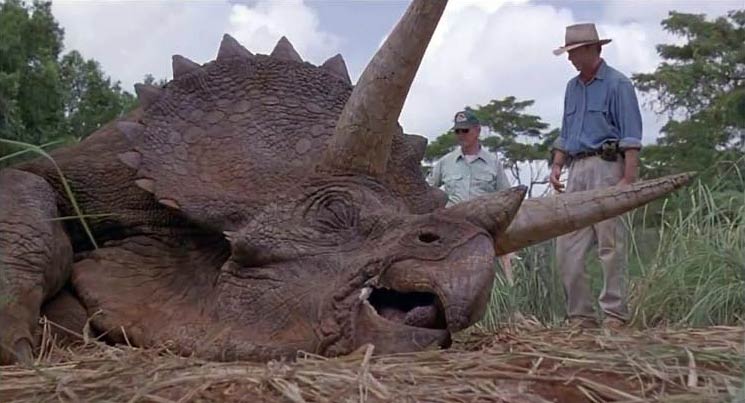
Cloning Dinosaurs from DNA
The central premise of Jurassic Park involves cloning dinosaurs from ancient DNA preserved in amber. Scientifically speaking, this is perhaps the film’s most unrealistic element. DNA degrades rapidly over time; studies indicate the oldest possible viable DNA would be no more than one million years old. Dinosaurs went extinct around 65 million years ago, making DNA recovery for cloning purposes impossible with current scientific understanding.
Yet, Jurassic Park deserves credit for highlighting cutting-edge genetic technologies of the time, even anticipating discussions around cloning ethics and genetic engineering long before these became mainstream public debates.
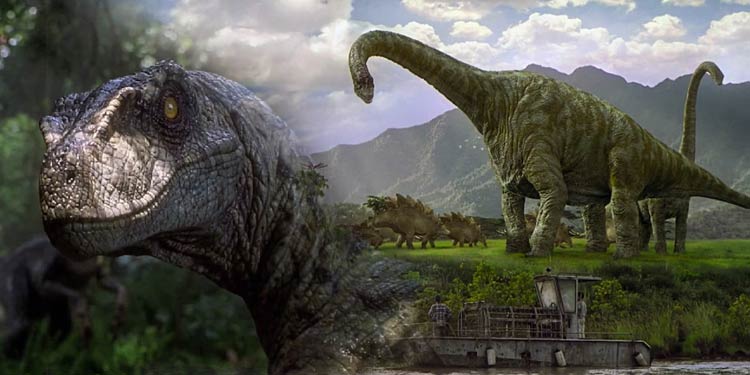
Ecosystems and Dinosaur Diversity
Another aspect where Jurassic Park succeeded was illustrating dinosaurs as part of complex ecosystems rather than isolated creatures. The depiction of diverse species interacting within environments closely mirrors fossil evidence of biodiversity during the Mesozoic era. Dinosaurs occupied various ecological niches, from massive herbivores like Brachiosaurus to agile carnivores such as Gallimimus, correctly reflecting their roles within ancient ecosystems.
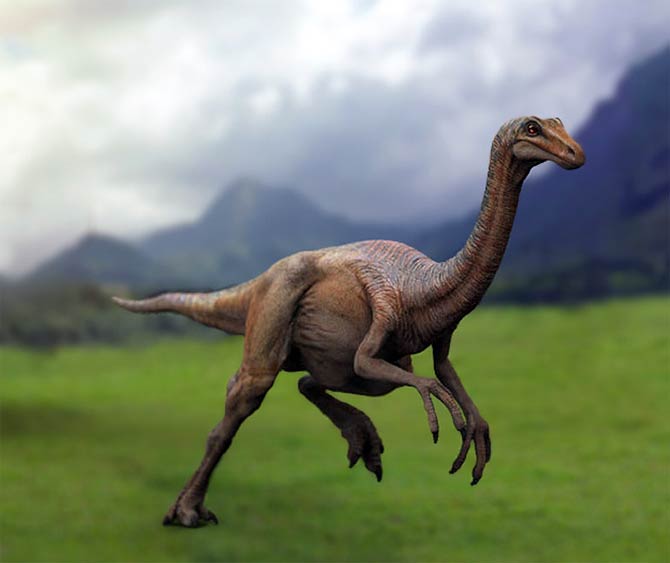
A Positive Impact on Science
Despite inaccuracies, Jurassic Park significantly impacted paleontology by sparking public interest, boosting funding for research, and inspiring future generations of scientists. Museums worldwide experienced record attendance, and universities reported increased enrollment in paleontology courses. Interestingly, it was somewhat similar to modern-day crypto promotions, where one might Receive $50 free bitcoin with no deposit – an enticing gateway that draws people into a broader exploration.
Jurassic Park’s blend of scientific accuracy and Hollywood dramatization captured imaginations and changed how dinosaurs were viewed by the public. Although it took liberties in depiction and scientific plausibility, its lasting legacy is undeniable. The film transformed dinosaurs from relics of a distant past into vibrant, complex animals, fueling curiosity and inspiring new scientific exploration that continues to this day.

